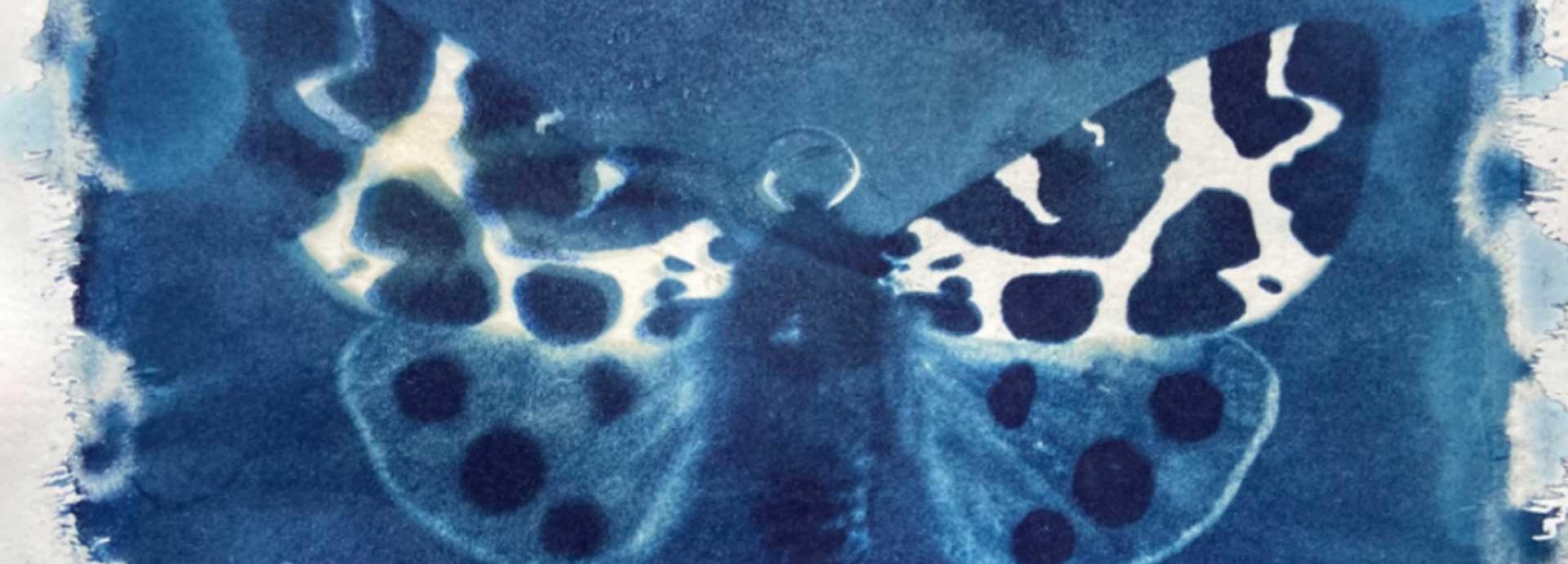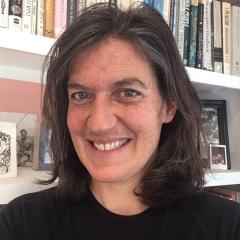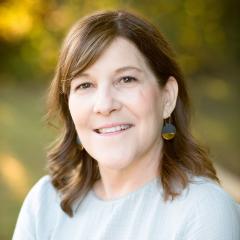

My Fulbright experience has inspired a career in conservation. As a former Fulbright U.S. Student grantee (2017-18), I was thrilled when my host, Dr. Pedro Cardoso, at the Finnish Museum of Natural History invited me back to Finland in November 2022 to start a new, collaborative project between my home institution and the Finnish Museum of Natural History. Now, we have set off on a huge undertaking to model 150 years of historical and future European biodiversity trends across over 20 groups of plants and animals, working with collaborators across the continent to rapidly target species for conservation assessment.
The Science
There is growing evidence that we are in the midst of a 6th mass extinction event. Despite this, for most groups of organisms, we know shockingly little about their conservation status and needs. Over the next few months, Pedro and I will embark on a new scientific endeavor to characterize the nature of insect decline across Europe using our best record of historical biodiversity - natural history collections. When coupled with community-sourced data (such as those from mobile apps like iNaturalist) we start to unlock the power of a “citizen-army for science” (https://academic.oup.com/bioscience/article/65/4/419/255008) to affect real change for a sustainable future.
The Art
My cultural experiences in Finland taught me the power of effective, cross-cultural communication; and, while I live largely in a world of mathematics, I have learned to seek out new ways of scientific storytelling.
While the work I started as a Fulbright grantee is deeply quantitative, my experiences in Finland taught me the power of effective, cross-cultural communication; and, while I live largely in a world of mathematics, I have learned to seek out new ways of scientific storytelling.
In early 2022 and in collaboration with a local, Washington, DC artist, Jason Edward Tucker, we began creating our cyanotype series, “Ripples” which uses high-resolution photograph of butterflies and moths as well as a stochastic image development process that uses melting snow and ice as a metaphor for climate change. The resulting prints have elements of noise and distortion that speak to some of the large gaps in our knowledge of how insects are responding to climate change.
See also
- Vaughn's website: https://vmshirey.github.io/
- Jason’s Website (“Ripples” gallery and artists’ statement): https://www.jasonedwardtucker.com/series/ripples
- Laboratory for Integrative Biodiversity Research Website: https://biodiversityresearch.org/

